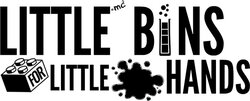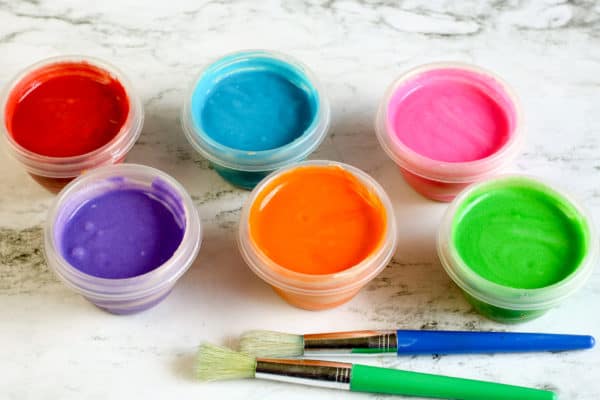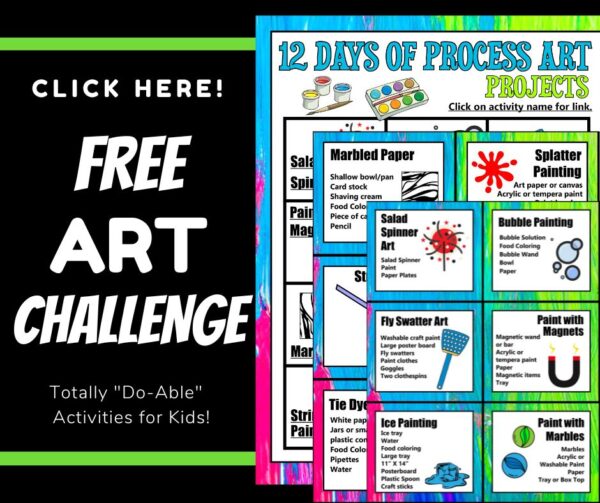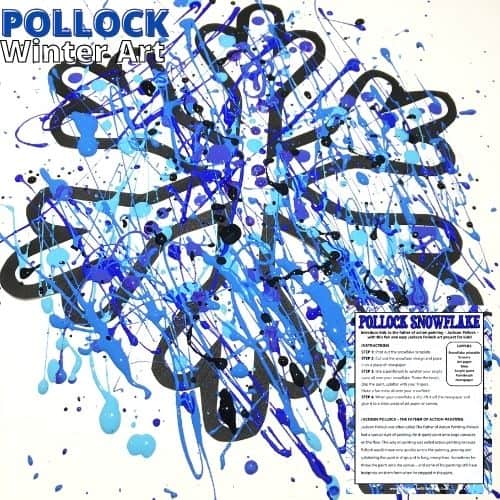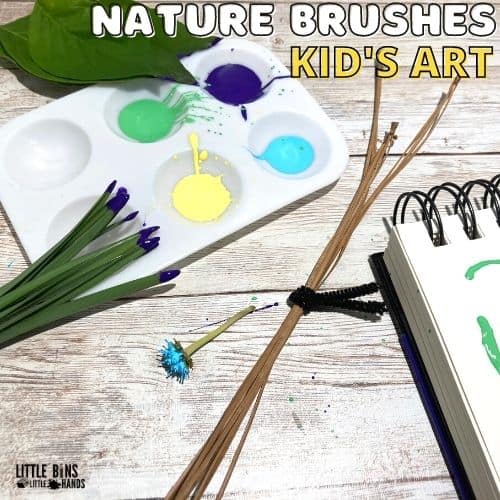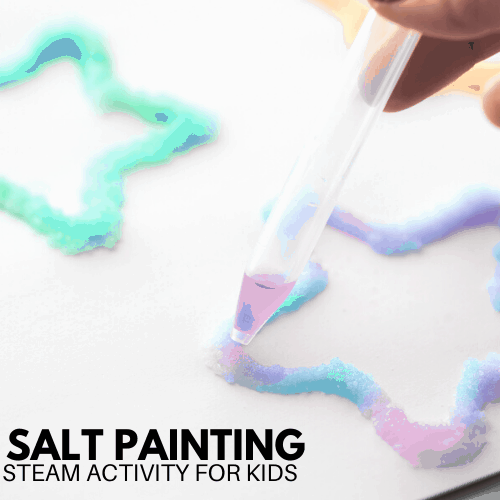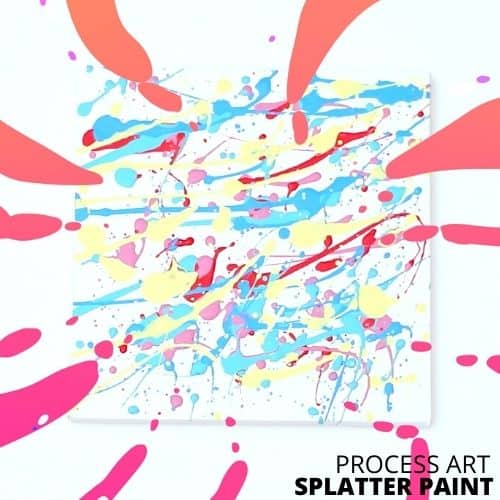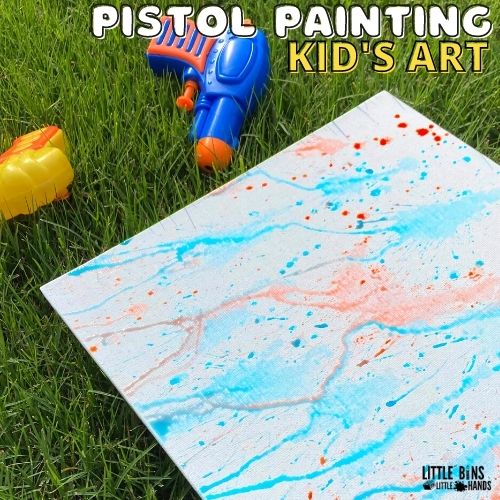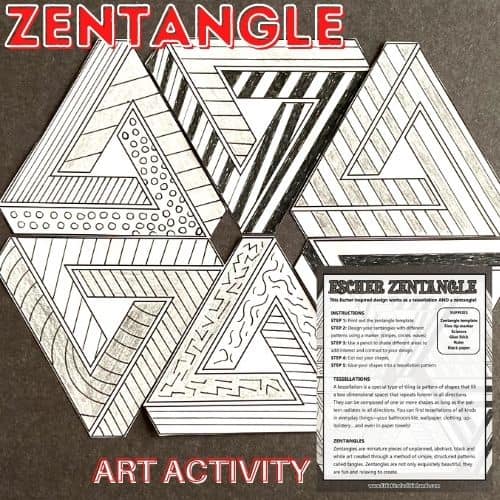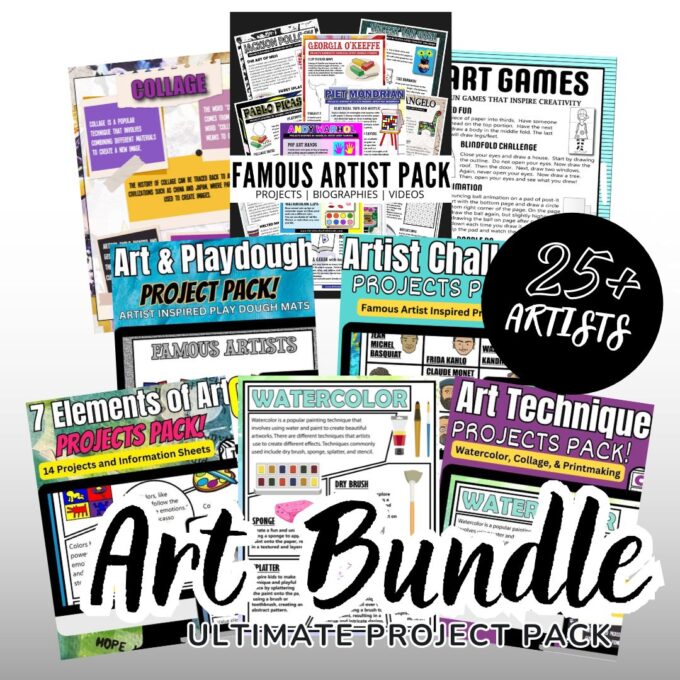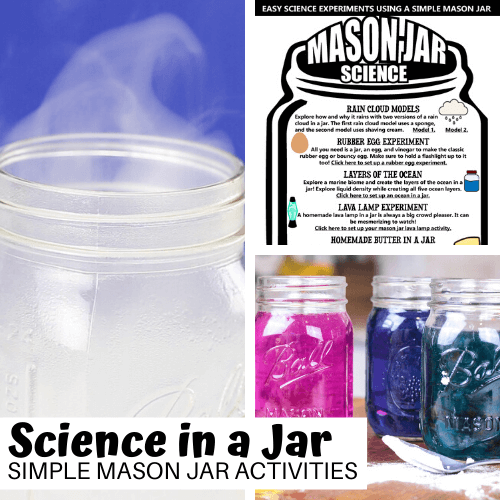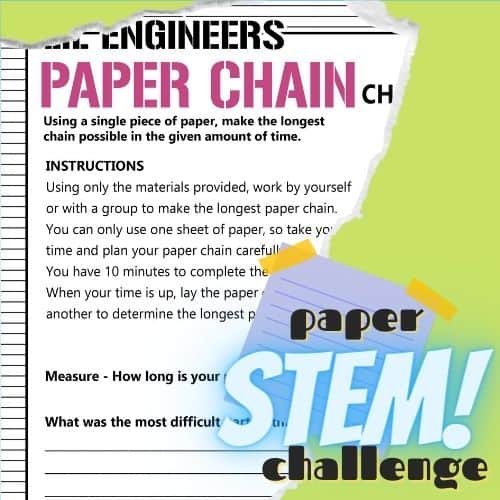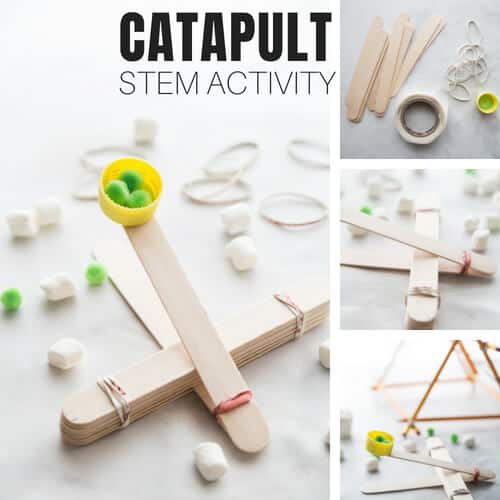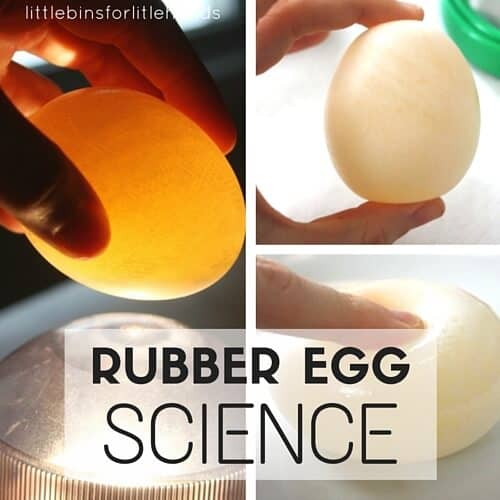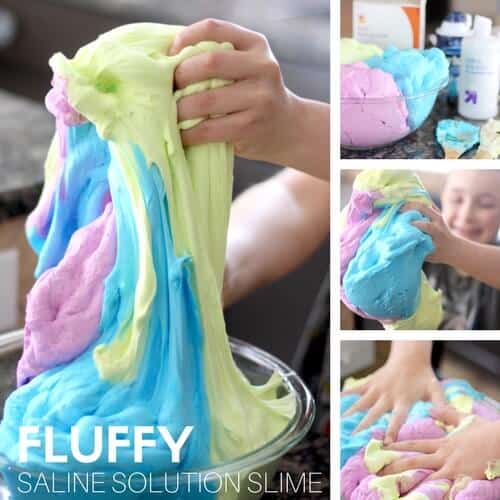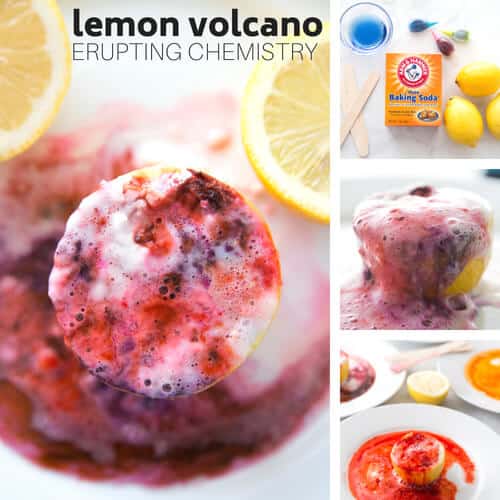Take the focus off the end result! Find out why we love process art projects for preschoolers and beyond and what amazing benefits doing process art has for younger and older kids. Plus, find some easy examples of process art activities such as splatter painting, blow art, and tie-dyed paper along with this free art challenge sheet to get you started! Oh and check out a handy supply list of our favorite art materials!
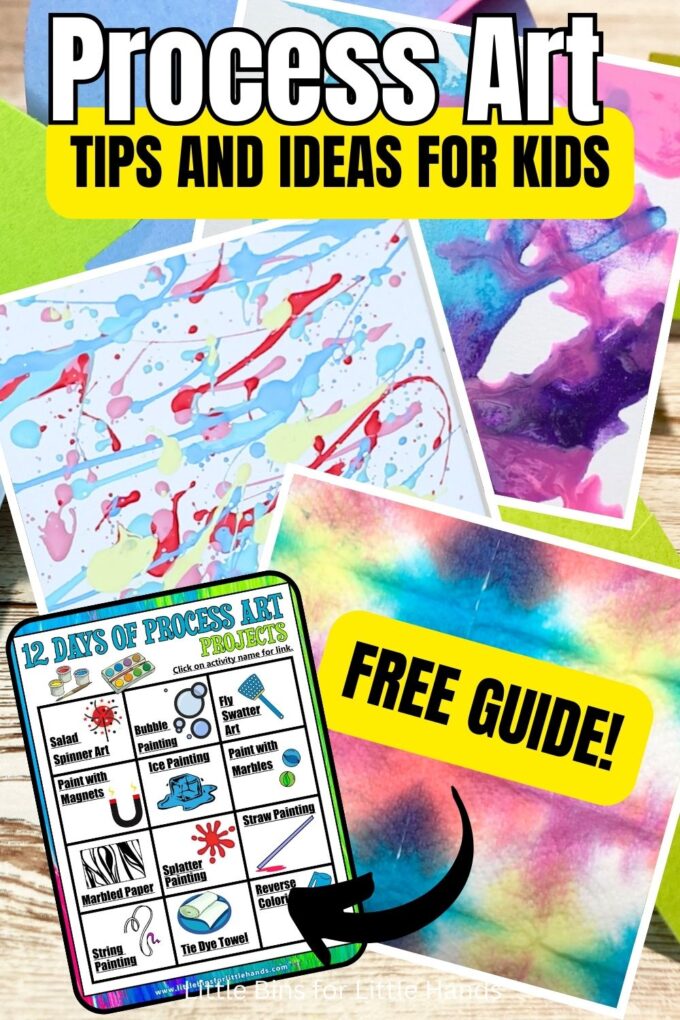
What Is Process Art?
Process art focuses on the creative process rather than the final product or outcome. It emphasizes exploration, experimentation, and self-expression, allowing kids to freely engage with art materials without producing something specific. In process art, the journey of creating is more important than the destination, and there is no right or wrong way to do it.
Process art ideas will…
- Have few or no step-by-step instructions.
- Have no sample to follow.
- Have no right or wrong way to create.
- Produce a unique finished product.
- Be child-directed.
Features of Process Art:
- Open-ended Activities: With no specific steps or a sample to follow, kids are encouraged to use their imagination and creativity to explore art materials without limitations.
- Focus on Experience: The sensory and tactile experience of creating art is emphasized. Kids are encouraged to touch, feel, and interact with different textures, colors, and shapes as well as experiment with different art mediums or materials.
- Self-Directed: Kids take the lead in their art-making journey! While you provide materials and demonstrate a technique such as paint splattering, it’s up to them to create their art piece.
- No Pressure for Perfection: There’s no right or wrong way! Process art promotes a non-judgmental atmosphere with no right or wrong answers. The art experience is not based on the final outcome; instead, the focus is on the effort and exploration involved.
- Individuality and Self-expression: Process art celebrates each kid’s uniqueness and style. It allows them to express their thoughts, emotions, and ideas in their own way. This goes a long way to fostering self-confidence. Kids can be proud of their unique artwork as they are not compared to the outcomes of others.
- Learning through Exploration: Process art encourages learning through hands-on experiences. Kids discover cause-and-effect relationships, develop problem-solving skills, improve language development, and refine fine motor abilities while engaging with art materials.
Watch this Process Art Video Tutorial:
Product Art vs Process Art
Product art focuses on the final product. Usually, an adult has created a plan for the art project with one goal in mind, and it does not leave much room for true creativity. On the other hand, for process art, the real fun (and learning) is in the process, not the specific end result.
Note: Many of our Famous Artists projects come with instructions and templates. I highly encourage you to use the printable materials simply for inspiration if you prefer the process art experience. Change up art mediums used; make it your own!
Kids want to make a mess. Therefore, they want their senses to come alive, feel, smell, and sometimes even taste the process.
In addition, they want to let their minds wander through the creative process. How can we help kids reach this state of ‘flow’ – (the mental state of being completely present and fully immersed in a task)? The answer is process art!
Why Is Process Art Important?
Kids are naturally curious. As a result, they observe, explore, and imitate, trying to figure out how things work and how to control themselves and their environments. This freedom of exploration helps kids form connections in their brain; it helps them learn—and it’s also fun.
Process art is important because it is a natural activity to support this essential interaction with the world. Therefore, it gives kids the freedom to explore and experiment!
Process art is also essential because it allows children to practice a wide range of skills that are useful not only for life but also for learning.
Specific skills include:
- Fine motor skills. Grasping pencils, crayons, chalk, and paintbrushes.
- Cognitive development. Cause and effect, problem-solving.
- Mathematical skills. Understanding concepts like shape, size, counting, and spatial reasoning.
- Language skills. As kids share their artwork and process, they work on language development.
Benefits of Process Art for Kids
Creativity and Imagination
Process art encourages children to use their imagination and creativity freely, so they can explore new ideas, experiment with various materials, and express themselves in unique ways! This promotes originality and creative thinking.
Self-expression
Through process art, kids can communicate their feelings, thoughts, and experiences without the constraints of right or wrong answers. It allows them to express themselves authentically and build confidence in sharing their emotions.
Problem-solving and Critical Thinking
Kids encounter challenges and problem-solving opportunities as they explore different materials and techniques. As a result, They learn to think critically, adapt, and make decisions about their artwork.
Sensory Exploration
Process art engages various senses as kids touch, feel, and manipulate different art materials. This sensory experience enhances their understanding of texture, color, and shape. Learn more about sensory play.
Fine Motor Skills
Activities like drawing, cutting, and painting in process art promote the development of fine motor skills, hand-eye coordination, and dexterity, which are crucial for tasks like writing and self-care.
Emotional Regulation
Engaging in art can be therapeutic for kids, helping them manage stress and emotions. It provides a positive outlet for emotions and helps them express themselves in a healthy way.
Focus and Concentration
When children are deeply engaged in art-making, they experience a state of flow where they are fully immersed in the activity. In other words, this improves their focus and concentration skills.
Helpful Art Resources To Get You Started
Here are a few resources to help you introduce process art more effectively to your kiddos or students and feel confident when presenting materials. You’ll find helpful free printables throughout.
Easy Process Art Tips
How do you make process artwork for toddlers to preschoolers and beyond? Here are a few ideas to support learning through process art activities.
1. Provide a diverse range of supplies
Firstly, gather a wide range of materials for your child to use like paint, colored pencils, chalk, play dough, markers, crayons, oil pastels, scissors, and stamps. See our helpful supply list below.
2. Encourage, but don’t lead
Secondly, let them decide what materials they want to use and how and when to use them (make an accessible art cart or cupboard). Let them take the lead.
3. Be flexible
Then, instead of sitting down with a plan or expected outcome in mind, let your child explore, experiment, and use their imagination. Secondly, they might make a huge mess or change direction several times—this is all part of the creative process.
4. Let it go
Next, let them explore. However, they may only want to run their hands through the shaving cream instead of painting with it. That’s OK too! Children learn through playing, exploring, and trial and error. If you give them the freedom to discover, they will learn to create and experiment innovatively.
List of Process Art Supplies
Process art is all about exploring art techniques with a variety of materials! I find having a specific cupboard, bin, or cart handy with easily accessed art supplies is helpful. While young children will need help getting out what they need, older kids will love the freedom to create.
The supplies listed below are all inexpensive and readily available at hobby or art supply stores. Grab a storage caddy and create your own art cart to inspire process art projects in your classroom or home. As a result, you may see more art happening in free time!
Note: We have a variety of DIY Paint Recipes including watercolors, traditional paint, puffy paint, finger paint, and edible paint!
- Washable Paint: Choose a set of assorted colors in bottles or jars. Tempera paint is safe for kids and easy to clean up.
- Watercolors: Watercolor paints come in trays or tubes and can be diluted with water for a more translucent effect.
- Paint Brushes: Provide a variety of paintbrushes in different sizes and shapes, including flat, round, and foam brushes.
- Sponges and Foam Brushes are great for creating texture and experimenting with different painting techniques.
- Finger Paints: Washable finger paints in vibrant colors for a tactile painting experience.
- Drawing Paper: Large sheets of white drawing paper or rolls of paper for kids to use as a canvas.
- Construction Paper: Assorted colors of construction paper for collages and other cut-and-paste activities.
- Markers: Washable markers in various colors for drawing and doodling.
- Crayons: Non-toxic crayons for drawing and coloring.
- Chalk: Sidewalk chalk or chalk pastels for outdoor or indoor drawing on different surfaces.
- Playdough: Store-bought or homemade playdough in various colors.
- Clay: Air-dry or oven-bake clay for sculpting and modeling.
- Glue: Non-toxic, washable white glue or glue sticks for collage and sticking different materials together.
- Scissors: Child-safe scissors for cutting paper and other materials.
- Collage Materials: Provide various materials for collage making, such as colored papers, old magazines, tissue paper, fabric scraps, buttons, feathers, and yarn.
- Nature Materials: For nature printing and other outdoor-inspired art, collect leaves, flowers, twigs, and other natural objects.
- Stamps and Stamp Pads: Rubber stamps and stamp pads in different colors for printing and pattern making (my favorite and great for older kids too)
- Bubble Wrap: For bubble wrap printing.
- Cardboard Rolls: Use them for stamping, decorating, and making sculptures.
- Washi Tape or Craft Tape: Use patterned tapes to create pictures, borders, patterns, and shapes or to attach collage materials in an artistic way
TIPS: Remember that safety is important when choosing art supplies for kids. Always opt for non-toxic and child-safe materials if you have young kids! In addition, include some thrift store button-down shirts as smocks!
Get your FREE printable Process Art Calendar!
25 Process Art Examples
What is a great example of process art? Click on each process art activity below for full instructions, a supply list, and tips. In addition, look for handy free printables throughout.
Note: We usually share a finished project as a sample to demonstrate the technique. However, it is not expected that your finished art project will look remotely similar! That’s process art!
Blow Painting
Have you ever tried blowing into a straw to paint a masterpiece? Now’s the chance to explore awesome process art with easy materials.
Bubble Painting
Mix up your own bubble paint and grab a bubble wand. Talk about budget-friendly process art!
Corn Painting
Forget the paint brushes, and try this fun corn on the cob art project instead! Corn painting makes for awesome process art to explore the colors and textures of Fall.
Drip Painting
Similar, to our marble painting except this fun process art technique involves flicking or dripping paint onto canvas.
Fly Swatter Painting
You only need a few simple materials for this easy process art activity. Therefore, fly swatter painting is great for toddlers still learning to use a paintbrush.
Magnet Painting
Painting with magnets is a fantastic way to explore magnetism and create a unique piece of art. This magnet art project is a hands-on way to learn using simple materials.
Marble Painting
Can you paint with marbles? Absolutely! Get ready for art that’s a bit active, a bit silly, and a little messy. Roll ’em around, mix up a few colors, and create a Jackson Pollock inspired masterpiece!
ALSO CHECK OUT: Leaf Marble Painting
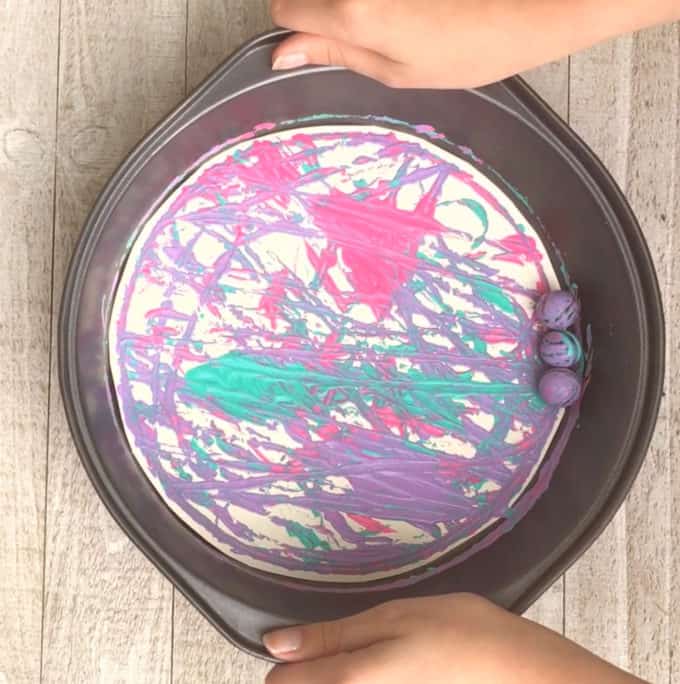
Nature Weaving
Explore the natural world around you or add in some everyday objects or found art. For example, a nature weaving project also doubles as found art!
Nature Paint Brushes
Make your own paint brushes out of natural materials and test them out!
Pinecone Painting
Nature’s bounty makes a cool paintbrush in this super simple to set up a process art activity for fall! Grab a handful of pinecones for a fantastic pinecone painting activity.
Paper Sculptures
Make these easy paper sculptures from simple shapes and explore abstract art for kids.
Paper Towel Art
This fun paper towel art is very easy to make with just a few simple materials. Combine art with science, and learn about water solubility.
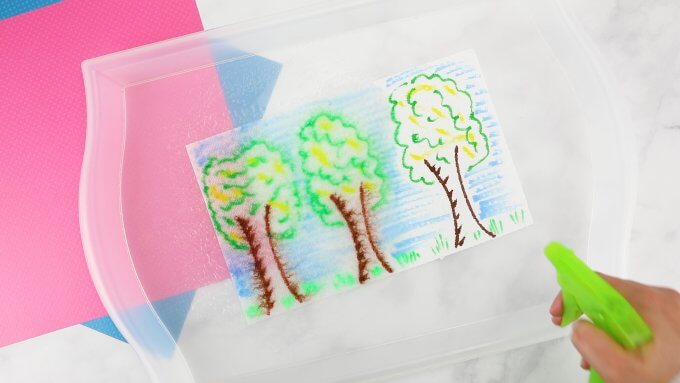
Reverse Coloring
Combine painting and coloring for a fun process art project for kids of all ages. Download our free printable art project and create your own colorful art.
Salad Spinner Art
Combine a popular kitchen tool and a bit of physics for cool art and science that everyone is sure to love! Take this STEAM activity outside on a nice day!
Salt Painting
A simple to set up salt painting activity for kids. Any theme, any season, all you need is a little imagination, glue, and salt.
In addition, try these fun variations…
- Snowflake Salt Painting
- Ocean Salt Painting
- Leaf Salt Painting
- Watercolor Galaxy Painting with salt!
Snow Paint Spraying
Can you paint snow? You betcha! Just a few simple supplies to make your own homemade paint and your have a fun winter process art activity for the kids.
Splatter Painting
Kind of messy but a totally fun process art technique, kids will have a blast trying paint splatter! Jackson Pollock is one of our favorite process artists! Give paint splatter a try, but maybe take it outside!
We also have these fun variations for you to try…
String Painting
String painting or pulled string art is a great way to develop kids’ fine motor skills, and strengthen grasp and manual control. Plus, it’s fun!
Tie Dye Art
No t-shirt for tie-dye? No problem! Plus, this tie-dyed paper towel is a whole lot less mess! Find out how to make tie dye paper as a cool way to explore colorful process art with minimal supplies.
Water Drop Painting
Try this simple to set up water droplet painting activity for kids. Any theme, any season, all you need is a little imagination, water, and paint.
Water Gun Painting
Squirt guns or water guns instead of paintbrushes? Absolutely! Who says you can only paint with a brush and your hand!
Zentangle Designs
Color in one of our printable zentangles below with a combinations of dots, lines, curves etc. Zentangle art can be very relaxing. As a result, there is no pressure to focus on the end result.
- Shamrock Zentangle
- Easter Zentangle
- Earth Day Zentangle
- Fall Leaves Zentangle
- Pumpkin Zentangle
- Cat Zentangle
- Thanksgiving Zentangle
- Christmas Tree Zentangle
- Snowflake Zentangle
Printable Famous Artist Bundle
You’ll find each of our famous artists featured in our Famous Artists Project Pack 👇 including tons of fantastic resources!
This bundle includes a variety of art packs to cover different areas of the art experience! Perfect for ages 5-12, with various activities to suit all age levels. Easy to use in the home or classroom.
PACKS INCLUDE:
- Famous Artists Project Pack with 25+ artists to explore past and present, including women, people of color, and indigenous peoples.
- Artists Challenge Pack: Various extra art projects, including a museum scavenger hunt and extras.
- 7 Elements of Art Pack: Learn about and explore the 7 elements of art with handy information, tips, and fun projects to try.
- Art and Playdough Pack: Make homemade playdough and use these art mats with kids of all ages featuring famous artists with simple information.
- Art Techniques Pack: Learn watercolor, collage, and printmaking techniques for your art projects. Complete with information, tips, and activities to try!
